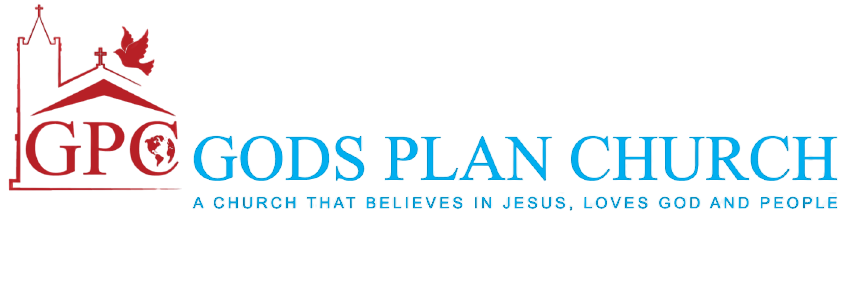WORSHIP
Christian worship involves praising God in music and speech, readings from scripture, prayers of various sorts, a sermon, and various holy ceremonies (often called sacraments) such as the Eucharist. While worship is often thought of only as services in which Christians come together in a group, individual Christians can worship God on their own, and in any place.
ORIGINS
Jesus's promise to stay with his followers, fulfilled in the sending of the Holy Spirit, illuminated the development of Christian worship from early times.
Christian worship grew out of Jewish worship. Jesus Christ was a religious Jew who attended the synagogue and celebrated Jewish festivals, and his disciples were familiar with Jewish ritual and tradition.
The first obvious divergence from Judaism was making Sunday the holy day instead of Saturday. By doing this the day of Christian worship is the same as the day that Jesus rose from the dead.
GOD IS PRESENT
So, Christians regard worship as something that they don't only do for God, but something in which God, through Jesus’ example and the presence of the Holy Spirit, is also at work.
THE EUCHARIST AND THE WORD
Church services on a Sunday divide into two general types: Eucharistic services and services of the Word. Both types of service will include hymns, readings and prayers. The Eucharistic service is focussed on the act of Holy Communion. The service of the Word does not include this rite, but instead features a much longer sermon, in which the preacher speaks at length to expound a biblical text and bring out its relevance to those present.
PREACHING
The act of delivering a sermon is called preaching. In Christian churches, a sermon is usually preached in a place of worship, either from an elevated architectural feature, known as a pulpit or an ambo, or from behind a lectern.
SERMON
A sermon is an oration or lecture by a preacher (who is usually a member of clergy). Sermons address a scriptural, theological, or moral topic, usually expounding on a type of belief, law, or behavior within both past and present contexts. Elements of the sermon often include exposition, exhortation, and practical application. The act of delivering a sermon is called preaching.
